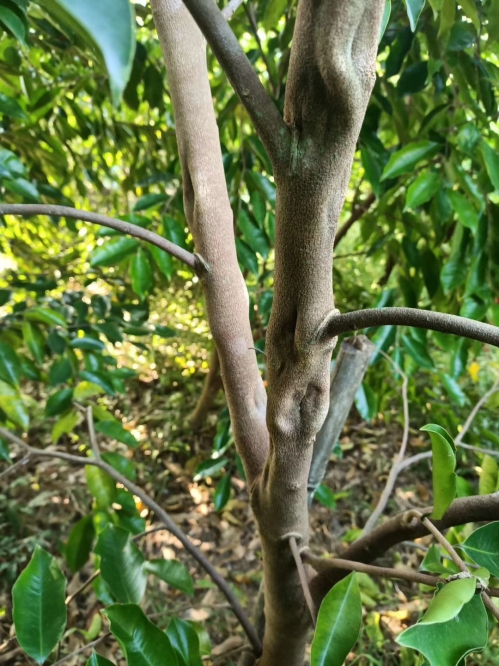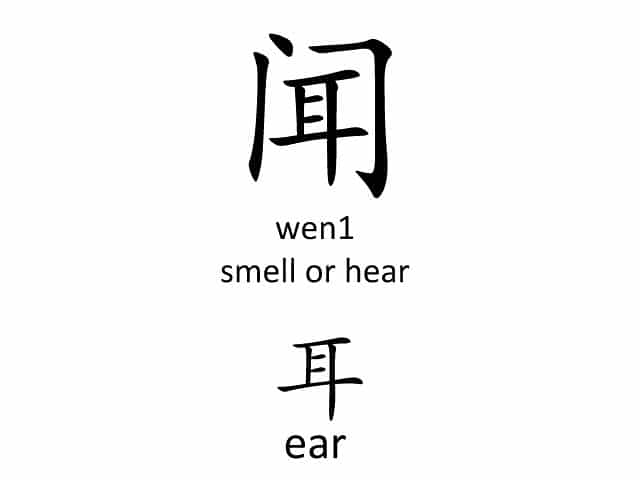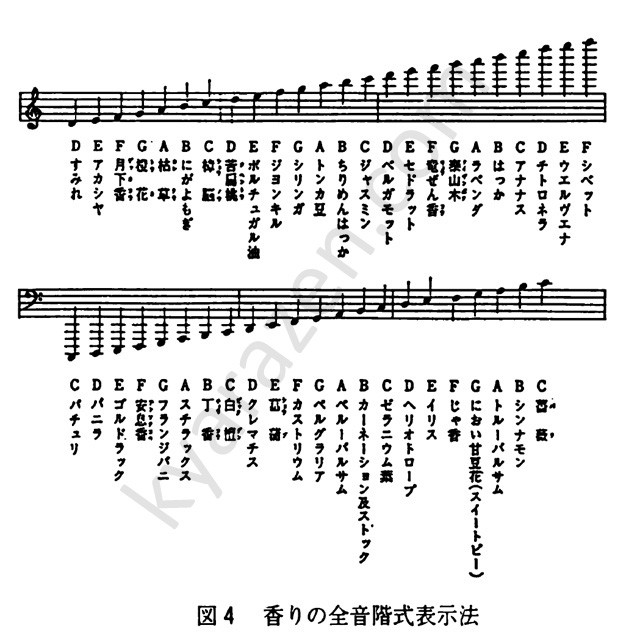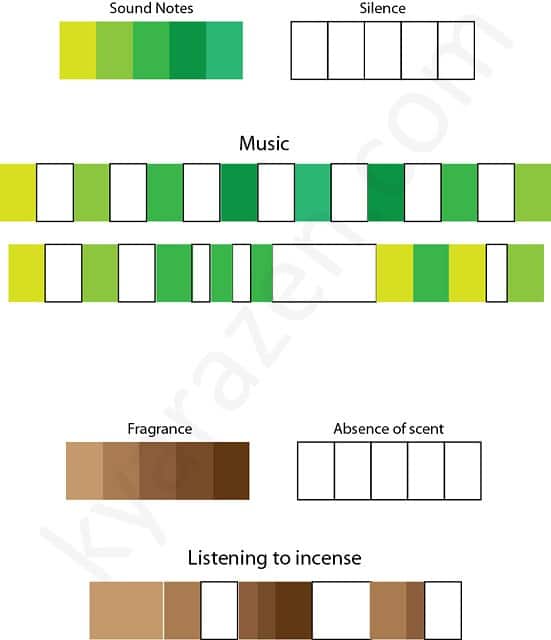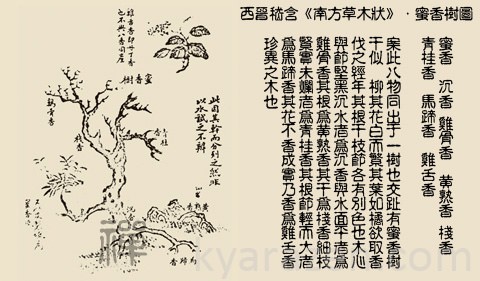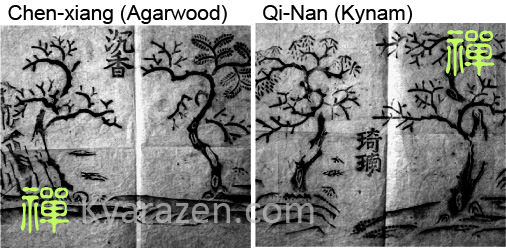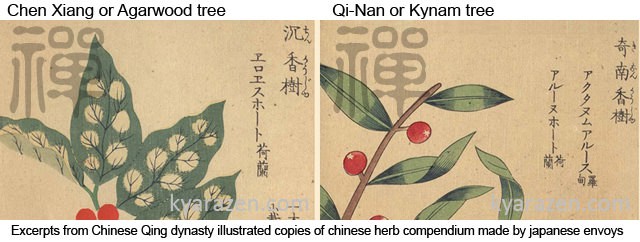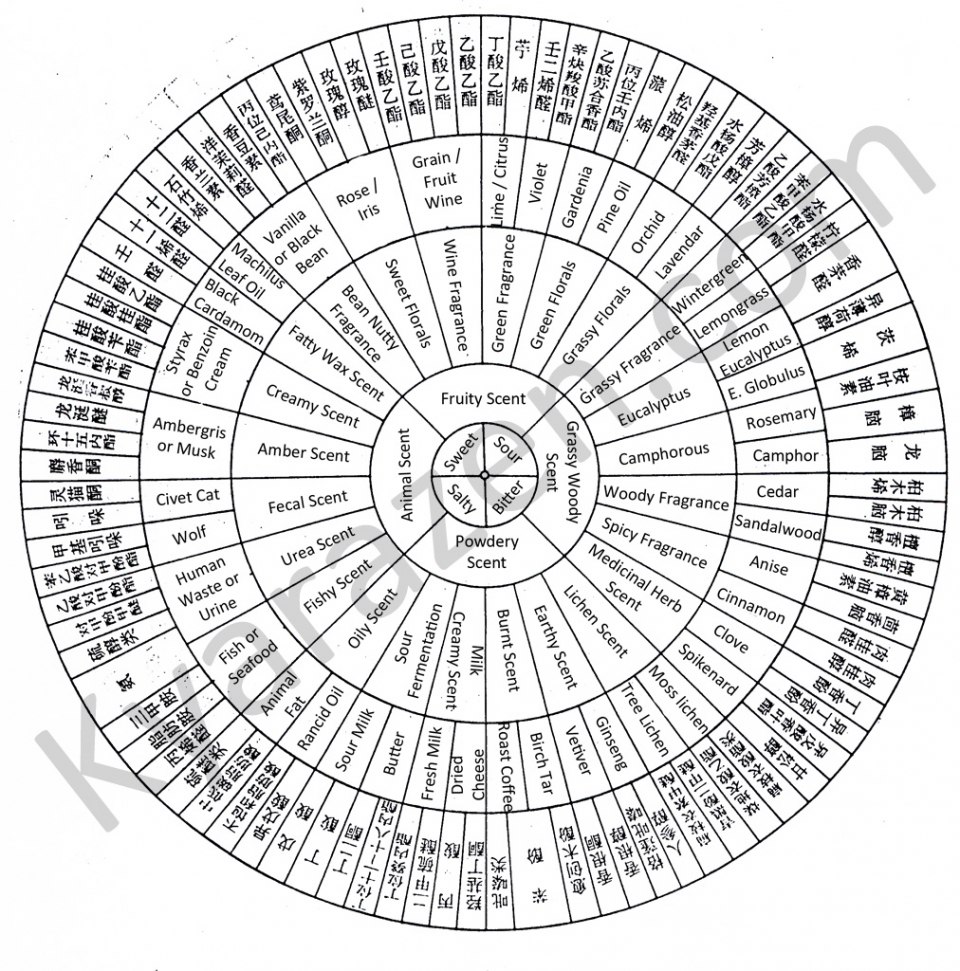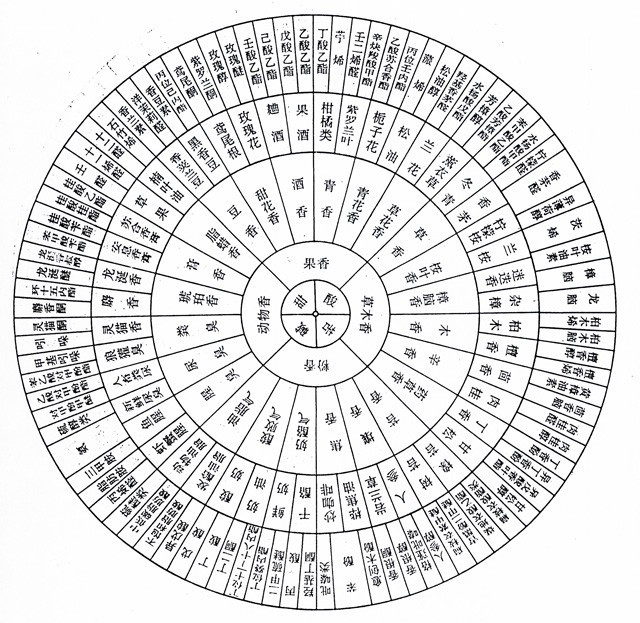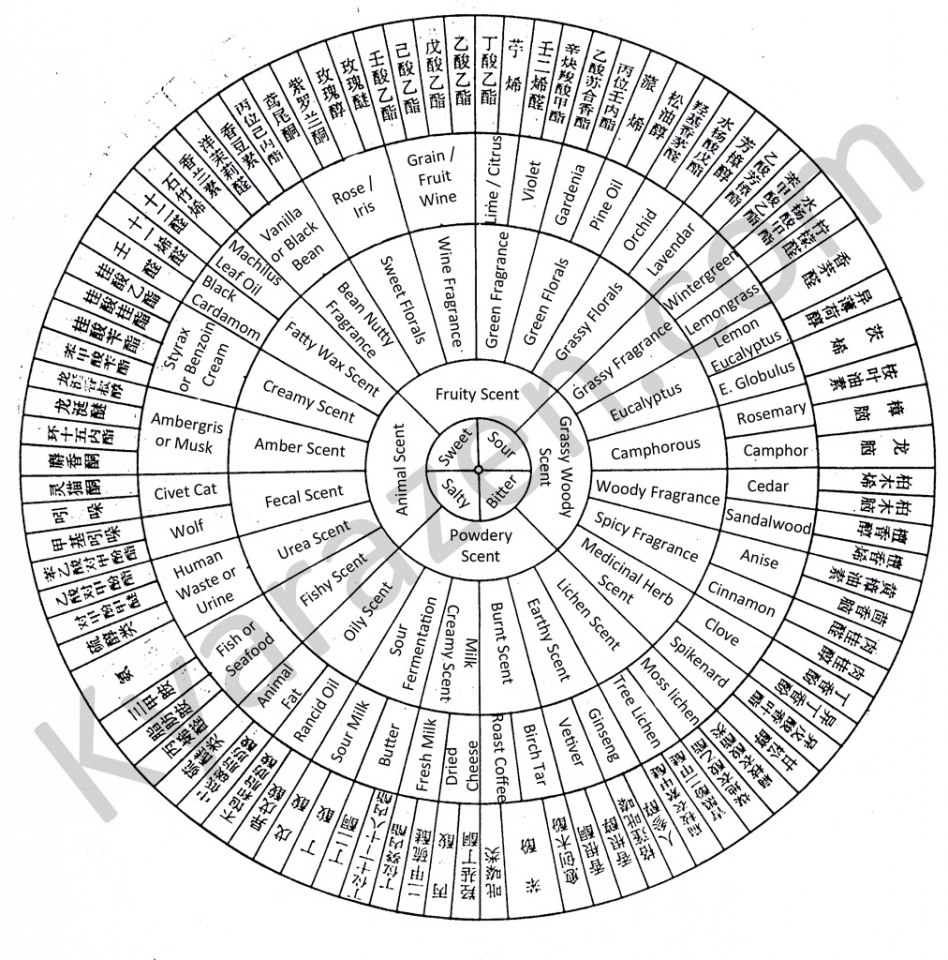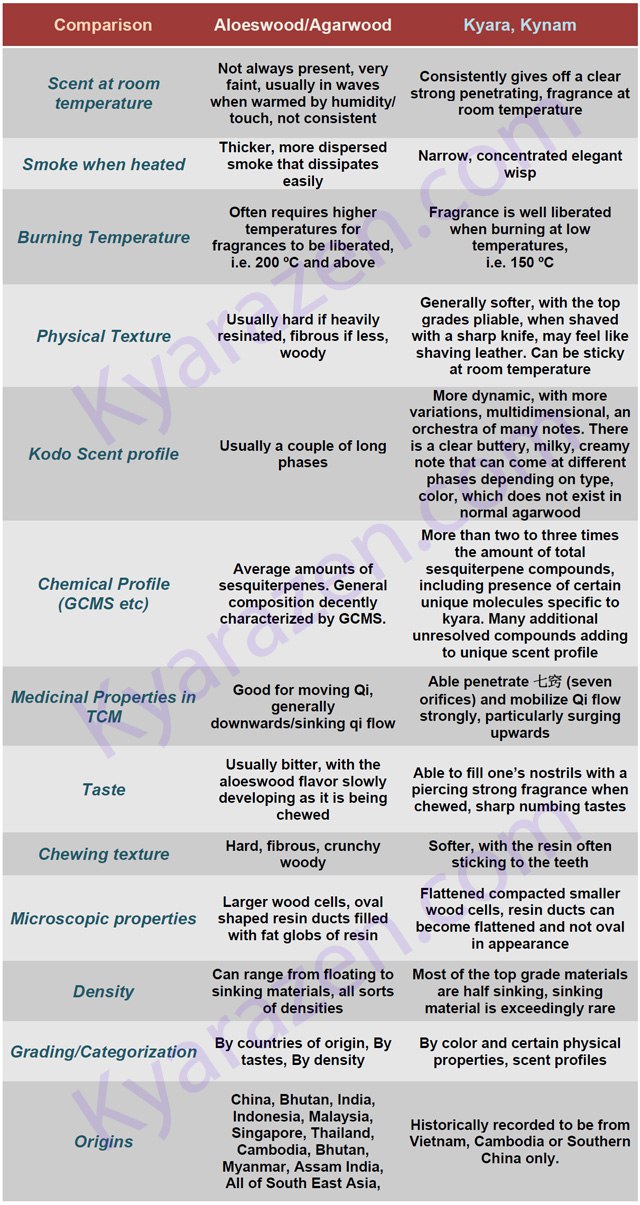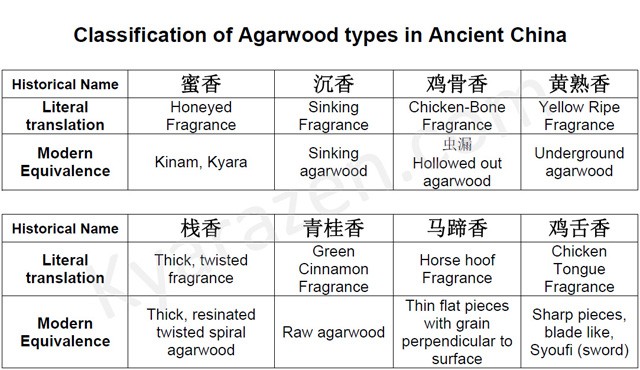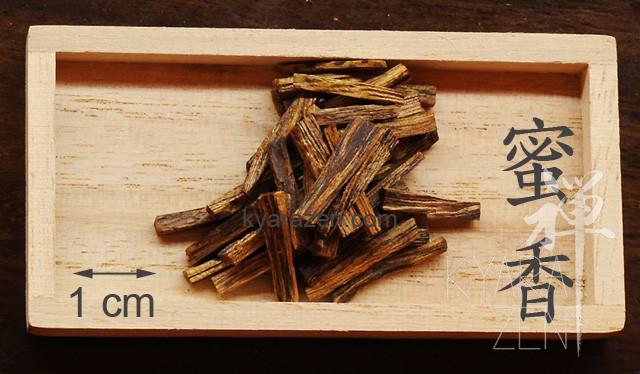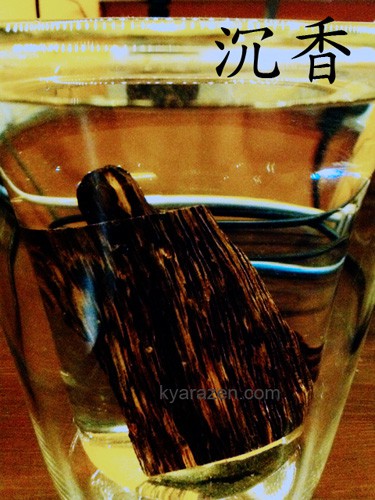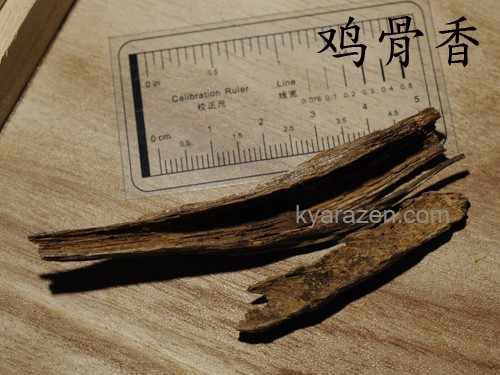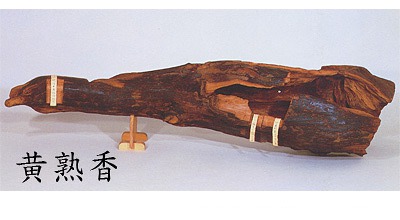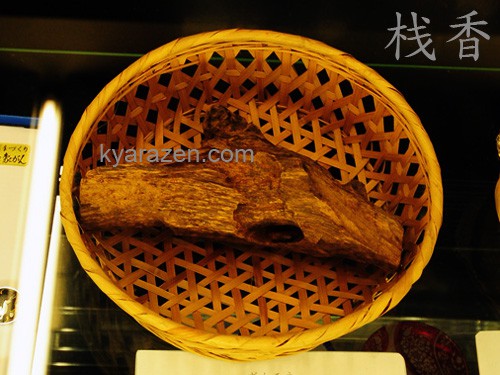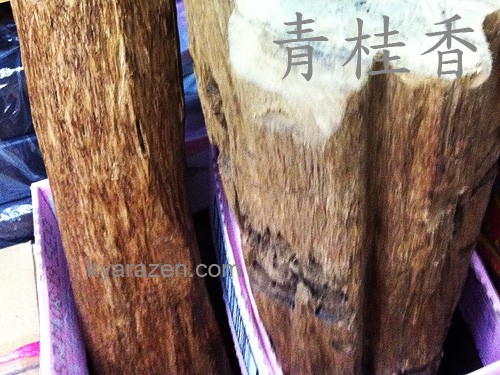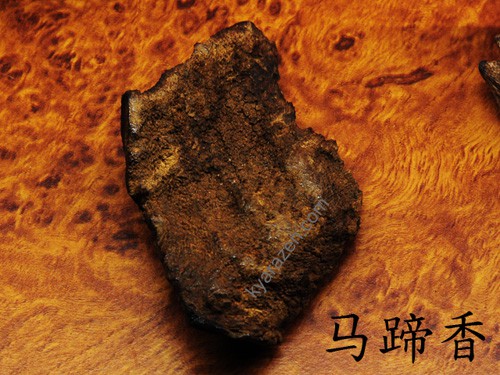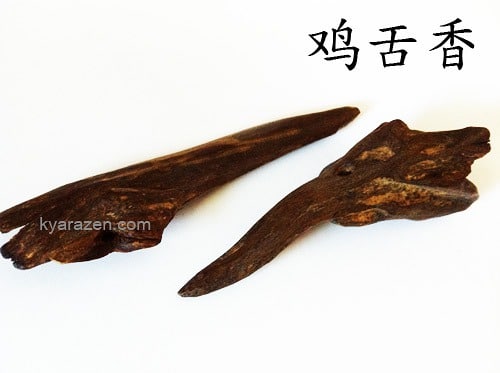Around 2008, local agarwood hunters digged the kynam trees from the various jungles in china and transplanted them in their home. Years later, with these mother trees on hand, efforts to propagate the tree started and breakthrough in 2012 … and the grafting of kynam became a new industry since than..
Khoảng năm 2008, những người thợ săn trầm hương địa phương đã đào cây kynam từ nhiều khu rừng khác nhau ở Trung Quốc và cấy về nhà. Nhiều năm sau, với những cây mẹ này trong tay, nỗ lực nhân giống cây kynam bắt đầu và mang tính đột phá vào năm 2012… và việc ghép cây kynam đã trở thành một ngành công nghiệp mới kể từ đó ..
There are many varieties of kynam seedlings. How do you distinguish them? Look at the picture, you can tell it through the branches and leaves!
Cây kynam có rất nhiều loại, làm thế nào để phân biệt?Nhìn hình có thể nhận biết qua cành và lá!
01、香使1号 ~ 13号/Tương Thạch Số 1 ~ Số 13
02、正山1号 ~ 3号/Lapsang số 1 ~ số 3
01、掌勺子/Palm Spoon …
This superstar species was famous but crashed in 2017, it was found its oil formation was little, just forget about this species.
Loài siêu sao này nổi tiếng nhưng đã bị bỏ qua vào năm 2017, người ta phát hiện ra lượng dầu hình thành của nó rất ít, hãy quên loài này đi.
02、指天椒/Ớt chỉ thiên
( This is obsolete species in China …
- Low in grafting survival rate
- Longer time in resin formation
- Resin formation is NOT solid enough, unable to turn into jewelry purpose )
- (Đây là loài đã lỗi thời ở Trung Quốc
- Tỷ lệ sống sót của mảnh ghép thấp
- Thời gian hình thành nhựa lâu hơn
- Sự hình thành nhựa KHÔNG đủ vững chắc, không thể biến thành mục đích trang sức)
03、葡萄藤/Cây nho
04、大叶婆/Đại Bá
05、紫棋 (Purple chess)/Cờ vua tím
06、红骨尖叶/Lá đầu xương đỏ
07、金勺/Chiếc thìa vàng
08、翠绿/Xanh ngọc lục bảo
09、金脉
10、绿油王/Vua dầu xanh
11、吊油王
12、子弹头 ( Bullet head )/Đầu đạn
13、金沙叶 ( Golden sand leave ) …/Lá cát vàng (Golden sand leaf)…
- softer branches
- very good resin formation
- degree of management … medium to hard
- cành mềm hơn
- hình thành nhựa rất tốt
- mức độ quản lý…trung bình đến khó
14、根脉大叶/Lá to có rễ và gân to
15、金丝油/Dầu lụa vàng
16、蓝宝石 ( Blue diamond )/Viên kim cương xanh
17、紫罗兰/Tím
18、乌身圆叶/Lá tròn thân đen
- Low production
- Best aroma among the Green kynam category
- Not popular for cultivation in China, due to its low production
- Sản lượng thấp
- Hương thơm ngon nhất trong hạng mục Green kynam
- Không được trồng phổ biến ở Trung Quốc do sản lượng ở Qinan thấp

19、透顶绿/Xanh hoàn toàn
20、油叶子 ( Oily leaf )/Lá dầu
- softer branches
- very good resin formation
- degree of management … medium to hard
- cành mềm hơn
- hình thành nhựa rất tốt
- mức độ quản lý…trung bình đến khó
21、祖母绿[依叶片特征改名:香匙]/Ngọc lục bảo [được đổi tên theo đặc điểm của lá: Thìa hương]
22、樱桃叶/Lá anh đào
23、香尖 ( Aroma tip)
24、金边子
25、 波浪子 ( Wavy boy)
26、铁勺/Thìa sắt
27、油勺/Thìa dầu
28、黑珍珠/Ngọc trai đen
29、沉香山棋楠壹号
30、金绿
31、金山1号
32、绿钻/Kim cương xanh
33、西瓜叶 ( water melon leaf )/Lá dưa hấu
34、金勺子/Chiếc thìa vàng
35、凹身 ( Dented body )
36、金结绿/Vàng kết hợp xanh
37、金钱香/Mùi thơm của tiền
38. 白露/Bạch Lộ
39. 流油王/Vua dầu mỏ
40. 沉水王/Vua chìm
41. 黄金叶 … Mainly for ornamental purpose, oil formation is little, not recommended for commercial planting./
Lá vàng… Chủ yếu để làm cảnh, ít tạo dầu, không khuyến khích trồng thương mại.
43. 唇印/Dấu môi
44. 舟祥
45. 翠曲
46. 脉象
47. 天曲/Thiên Khúc
48. 绿露/Sương xanh
49. 绿脉/Mạch xanh
50. 尖颚/Hàm
51. 浪韵/Lãng Vân
52. 糖结 ( Sugar Knot )/ Nốt đường
53. 千里香
54. 鸭头绿/Đầu vịt xanh
55. 莺歌绿
56. 爆油王 ( Explosive Oil King )/Vua dầu nổ
57. 龍舟 ( Longzhou )/Thuyền Rồng (Long Châu)
58. 船叶 ( Boat leaves )/Lá thuyền
.
.
90. 白奇 (White Kynam)/ Bạch kỳ
.
.
99. 我的天 ( 尚未推出 / Yet to be launched ) /OMG
With a large number of grafting and overlapping naming, it is difficult to distinguish the varieties, since each mother tree’s owner will address the specific name which make them look complicated nothing more than marketing strategy. Cultivators are advised NOT to follow the winds through month to month in regards to the varieties.
Với số lượng ghép và đặt tên chồng chéo nhiều, rất khó để phân biệt giống, vì mỗi cây mẹ sẽ đặt tên cụ thể khiến chúng trông phức tạp chẳng khác gì chiến lược tiếp thị liên quan đến giống.









